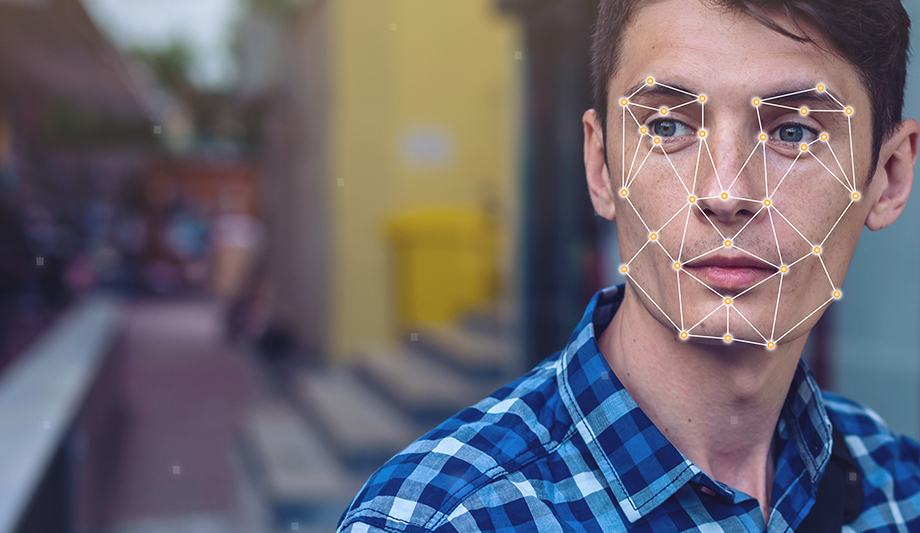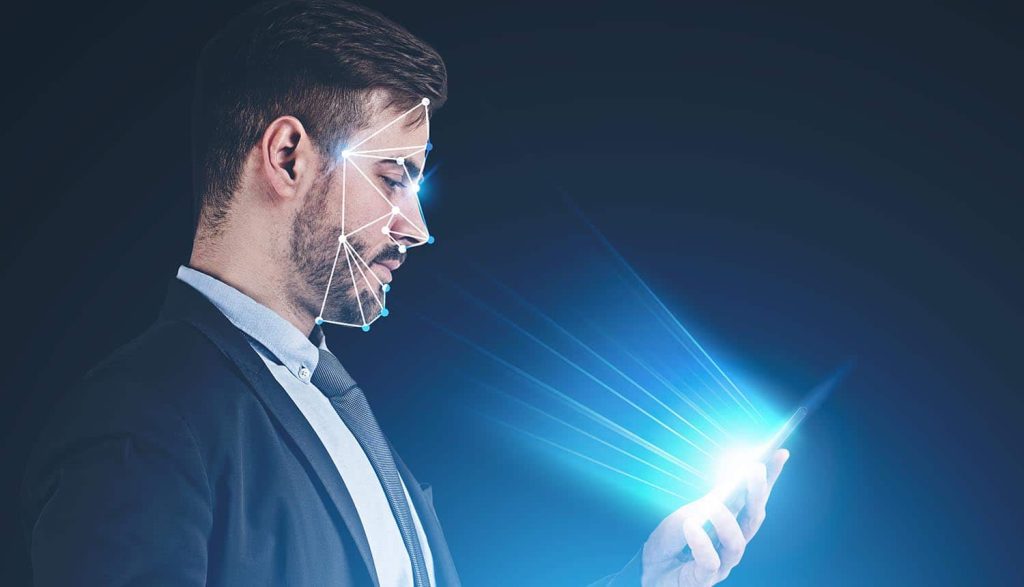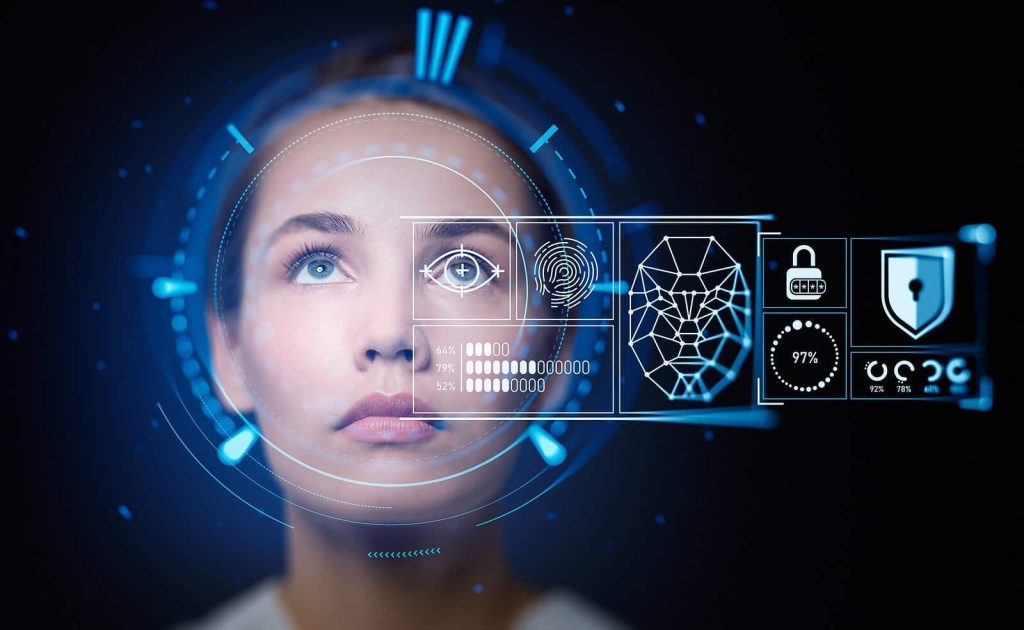Facial recognition technology has become a commonplace in our daily lives, from unlocking our smartphones to catching criminals. It is a rapidly advancing field that has sparked both excitement and concern. On one hand, it offers convenience and increased security. On the other hand, there are concerns about privacy violations and potential misuse of biometric data.
But how exactly does facial recognition technology work? In this article, we will explore the different types of facial recognition technology, its applications, and the growing concerns surrounding its use. So, let’s dive in and unravel the intricacies of this fascinating technology.
What is Facial Recognition Technology?
Facial recognition technology is a biometric system that uses patterns and unique features of an individual’s face to identify them. It works by capturing, analyzing, and comparing facial characteristics such as the distance between the eyes, nose, and mouth. These characteristics are then converted into mathematical codes, also known as facial templates, which can be compared to a database of known faces to identify a person.
The technology utilizes a combination of hardware and software components, including cameras, algorithms, and databases, to perform facial recognition. Cameras capture images or videos of a person’s face, which are then analyzed by specialized software to extract facial features and create a facial template. This template is then compared to a database of known faces to determine a match.

The definition of the facial recognition technology
Facial recognition technology has been in development since the 1960s and has significantly evolved over the years. Initially, it was limited by factors such as poor image quality, variations in lighting, and changes in facial expressions. However, with advancements in technology, facial recognition systems have become more accurate and reliable.
Types of Facial Recognition Technology
There are three main types of facial recognition technology: face extraction, face matching, and facial recognition. Let’s take a closer look at each type and how it differs from one another.

Types of the facial recognition technology
Face Extraction
Face extraction is the most basic form of facial recognition technology. It involves identifying if a face is present in an image or video and determining its location. This type of facial recognition does not identify the individual but is used to detect the presence of a face in a given image or video.
Face Matching
Face matching, also known as face verification, uses algorithms to compare a facial template with a database of known faces. The system calculates the similarity between the two templates and assigns them a score. If the score exceeds a certain threshold, the system identifies the two faces as a match. Unlike face extraction, this type of facial recognition does not reveal the identity of the individual.
Facial Recognition
Facial recognition is the most widely used type of facial recognition technology. It involves connecting a person’s facial image to personal information by matching it to databases containing names, credit card details, ID numbers, and other personal data. This type of facial recognition is often used for security purposes, unlocking devices, and identifying individuals in public places.
Traditional 2D Facial Recognition Systems vs New 3D Facial Recognition Systems
Traditional facial recognition systems, based on 2D images, were limited by factors such as lighting, face angle, and expression. These limitations could lead to inaccurate identification due to minor variations in images. For example, a person wearing glasses or with a different hairstyle can make it difficult for the system to recognize them.
However, with the introduction of new 3D facial recognition systems, these limitations are minimized. 3D systems capture not just the face but also the depth and contours of the face, providing a more accurate representation. This technology uses a combination of lasers, infrared sensors, and cameras to capture a 3D image of a person’s face, making them less susceptible to changes in lighting and angles.
Moreover, 3D facial recognition systems are also effective in identifying faces with partial obstructions, such as scarves or masks. This makes them ideal for security purposes, especially in public places where individuals may cover their faces for religious or cultural reasons.
Applications of Facial Recognition Technology
Facial recognition technology has various applications across different industries. Let’s take a look at some of its most common uses.
Security
One of the primary applications of facial recognition technology is in security. Facial recognition systems can be used for surveillance in public places, airports, and other high-security areas. The technology can help identify and track individuals entering restricted areas or those on watchlists. It is also used in border control to detect travelers with fake documents or criminal records.
Unlocking Devices
Smartphones, laptops, and other electronic devices have incorporated facial recognition technology as a convenient and secure way to unlock them. The system creates a unique facial template for each user, making it difficult for anyone else to access the device without permission.
Catching Criminals
Law enforcement agencies around the world use facial recognition technology to catch criminals and solve crimes. With the help of databases containing mugshots, CCTV footage, and other images, the system can quickly search for and identify suspects. It has been particularly useful in identifying repeat offenders and preventing fraudulent activities.
Privacy Concerns and Risks Associated with Facial Recognition Technology
As with any advanced technology, there are growing concerns about privacy violations and potential misuse of facial recognition data. Here are some of the main risks associated with facial recognition technology:

Typical concerns and risks regarding the facial recognition technology
Unauthorized Collection of Biometric Data
One of the main concerns surrounding facial recognition technology is the unauthorized collection of biometric data. As the use of this technology becomes more widespread, there is a risk of companies and governments collecting and storing facial templates without the knowledge or consent of the individuals. This raises concerns about potential misuse of this data, such as identity theft and fraud.
Misidentification and False Positives
Facial recognition technology is not 100% accurate, and there have been cases of misidentification and false positives. This can have serious consequences, especially in law enforcement, where an innocent person could be wrongfully arrested based on a faulty facial recognition match. Inaccurate identification can also lead to discrimination, particularly against people of color, as these systems often struggle with recognizing diverse faces.
Misuse of Data by Third Parties
There is also a risk of third parties gaining access to facial recognition data and using it for purposes other than what it was initially intended for. For example, companies may use this data for targeted advertising or selling it to other companies without the individuals’ consent.
Conclusion
Facial recognition technology has made significant advancements over the years and continues to evolve rapidly. While it offers convenience and increased security, there are growing concerns about privacy violations and potential misuse of data. As this technology becomes more widespread and sophisticated, it is crucial to address these concerns and ensure that proper regulations are in place to protect individuals’ privacy rights.
In conclusion, facial recognition technology is a powerful tool that has the potential to transform various industries. However, it should be used ethically and responsibly, with adequate measures in place to safeguard individuals’ privacy. With the right balance of regulation and innovation, this technology can continue to advance and benefit society while respecting individuals’ rights.
